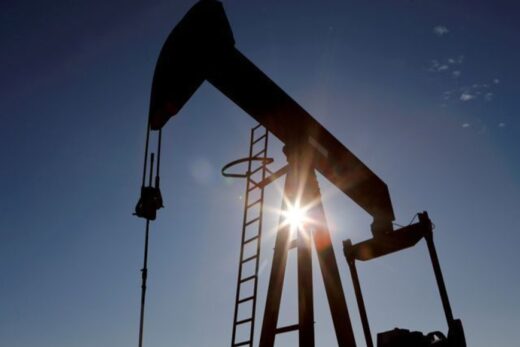Crude benchmarks have steadily climbed throughout 2021 as major oil producers restrained supply and coronavirus vaccine distribution quickened, feeding hopes of stronger economies and fuel demand.
Brent crude futures for May settled at $68.88 a barrel, losing 34 cents. U.S. West Texas Intermediate crude for April settled at $65.39 a barrel, shedding 22 cents.
China’s industrial output growth quickened in January-February, beating expectations, while its daily refinery throughput data rose 15% from a year earlier, data showed.
Top oil exporter Saudi Arabia cut supply of April-loading crude to at least four north Asian buyers by up to 15%, while meeting the normal monthly requirements of Indian refiners, refinery sources told Reuters on Friday.
The Organization of the Petroleum Exporting Countries and its allies, a group known as OPEC+, decided this month to extend most supply cuts into April.
A massive U.S. stimulus package passed this month, raising prospects for global economic growth. Washington is considering tax increases on corporations, high earners and fuel, to pay for a sweeping infrastructure plan, which could crimp oil demand, analysts say.
“They will be putting people to work and they will be putting businesses back in the field to develop infrastructure, but between now and then, someone’s got to pay for it,” said Bob Yawger, director of energy futures at Mizuho. “The majority of it looks like it’s going to be a tax event, so that’s negative for demand.”
Prices were pressured by expectations that last month’s winter storm in Texas could keep boosting crude inventories.
“There’s talk that because of the Texas power outages, we may see another increase in inventories this week,” said Phil Flynn, senior analyst at Price Futures Group in Chicago, referencing U.S. oil inventory data released on Tuesday and Wednesday.
Still, analysts said a pact by top producers to rein in output and a rebound to demand due to vaccine roll-outs will keep pushing prices upward despite any temporary setbacks.



